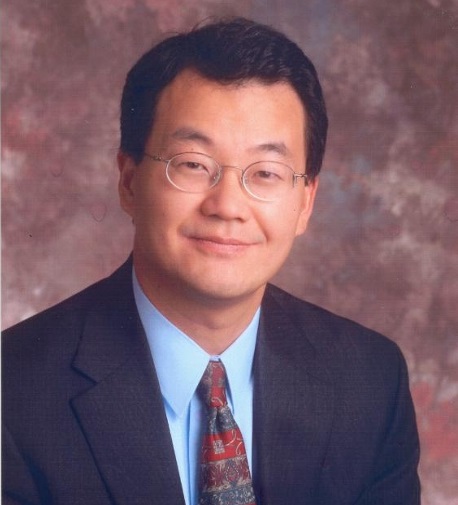NAR Forecasts Slow, Upward Path for CRE
A boost in employment, coupled with high demand for multifamily housing, is helping keep CRE vacancy rates down.
By Gail Kalinoski
New York—The creation of more jobs and continued demand for multifamily housing is helping keep commercial real estate fundamentals on a slow, upward path where vacancy rates for office, industrial and retail are expected to decline over the next year, according to the National Association of Realtors quarterly CRE forecast.
The NAR expects national office rates to fall 1.5 percent to 10.4 percent over the coming year, when rising employment should boost demand. The vacancy rate for industrial space is forecast to decline 0.7 percent to 8.7 percent, while retail vacancy should also decrease 1.0 percent to 10.5, the report projects.
New apartment construction is expected to keep the vacancy rate in the multifamily sector higher over the next year, edging up to 6.1 percent from 5.9 percent.
“Because of the very robust demand for apartments throughout the country, developers have listened accordingly by ramping up multifamily housing construction,” Lawrence Yun, NAR chief economist, told Commercial Property Executive.
“While the ongoing completions being supplied to the market are expected to nudge the multifamily vacancy rate a little higher, it’s important to put it into context,” he added. “A forecasted vacancy rate of 6.1 percent by the end of next year’s third quarter would still be considerably lower than the forecasted rate for the other commercial real estate sectors. The delayed path to homeownership for many young adults should still support more apartment construction—albeit at a slower pace than recent times—and steady rent growth in most markets.”
Yun does expect the demand for multifamily to continue, but to taper a bit as more builders begin constructing single-family homes. As more product is added in coming years, rents should begin to moderate and vacancies should push higher, he noted.
With new construction down, except for the multifamily sector, demand outpaced supply and led to inventory shortages in some areas, which was the number one concern for Realtors, according to the report. The tight inventory is also pushing prices up. The NAR report noted that prices for commercial properties increased 5.3 percent in the second quarter compared to the previous year and the average transaction cost $1.4 million.
“While inventory constraints and strong appreciation in apartment and retail properties pushed up prices in large commercial markets last quarter, overall sales volume was still down as investors looked for better deals and higher yields in smaller cities,” Yun said in a prepared statement. “As a result, investments and leasing activity in middle-tier and smaller markets led the way and are expected to maintain their momentum in the coming months.”
One growing concern cited by the Realtors, though, was about underwriting standards being tightened and creating a possible problem for clients who depend on financing to secure deals.
“Any further tightening in credit standards, which never fully normalized after the recession would inflict the most pressure on the small and mid-sized businesses that mostly look to community banks and credit unions for commercial property financing,” stated Yun. “Not having the necessary access to capital could keep a lid on building and leasing activity and in turn keep the economy from getting closer to its long-term average of three percent growth.”
The report notes investors are expected to be cautious in the next few months, citing the global low yield environment, instability overseas and probably of a rate hike by the Federal Reserve later this year.
Even with its “slow-growth mode” that has occurred since the recession, Yun noted that the economy in the United States is still the top performing economy in the world.
“U.S. commercial real estate should continue to remain a stable investment and attractive option for investors even as rates move upward,” he said.








You must be logged in to post a comment.